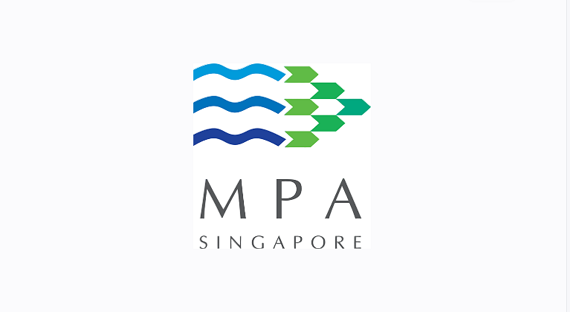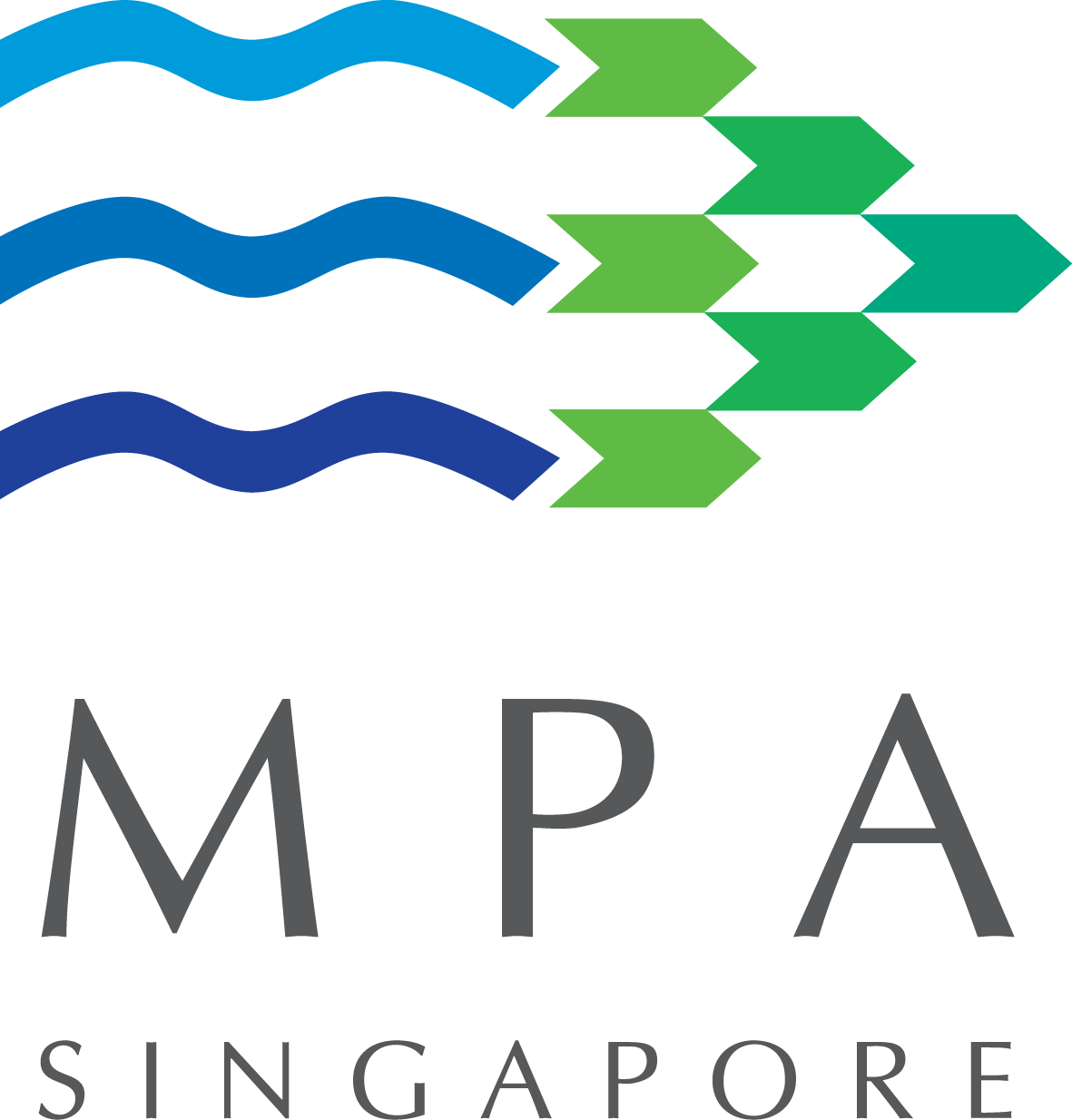Factsheet on Memorandum of Cooperation between the Ministry of Transport of the Republic of Singapore and the Ministry of Land Infrastructure, Transport and Tourism of Japan

1. The Ministry of Transport of the Republic of Singapore (MOT) and the Ministry of Land, Infrastructure, Transport and Tourism of Japan (MLIT) signed a memorandum of cooperation (MoC) to establish the Singapore – Japan Green and Digital Shipping Corridor on 16 December 2023.
2. Signed by Mr Chee Hong Tat, Acting Minister for Transport, and Mr Saito Tetsuo, Minister of Land, Infrastructure, Transport and Tourism, this MoC marks the first Green and Digital Shipping Corridor established between Singapore and Japan to develop standards and best practices supporting the decarbonisation, digitalisation and growth of the maritime industry.
3. Japan is one of Singapore’s top ten trading partners, and the trade volume between the two countries totalled S$65 billion in 2022. Under the milestone collaboration, the Maritime and Port Authority of Singapore will work together with six Japanese ports – namely, the Port of Tokyo, Port of Yokohama and Port of Kawasaki supporting the Kanto Region, the Port of Osaka and the Port of Kobe supporting the Kansai Region and the Port of Nagoya supporting the Chubu Region.
4. These six Japanese ports are the key nodes for the major economic regions of Kanto, Kansai and Chubu. They handled a combined cargo total of about 57 million tonnes in 2020[1], representing a significant proportion of total cargo handled in Japan. They have also been respectively embarking on various initiatives under the MLIT’s overarching Carbon Neutral Port plan.[2]
5. With the establishment of the Green and Digital Shipping Corridor, MPA and the Japanese port partners aim to embark on pilot projects and trials for alternative marine fuels such as ammonia and hydrogen. The two sides will also work together to develop the necessary bunkering infrastructure, standards and training. They will also encourage development and adoption of technologies to decarbonise port infrastructure.
6. On the digitalisation front, Singapore and Japan will identify and implement digital solutions to streamline port clearance processes. Both sides will also exchange information and best practices on maritime cybersecurity risks as well as other aspects of maritime digitalisation.
7. The establishment of the Singapore – Japan Green and Digital Shipping Corridor reaffirms the strong commitment by Singapore and Japan to accelerate maritime decarbonisation and digitalisation. Looking forward, Singapore stands ready to work with like-minded stakeholders across the maritime and port ecosystems of Japan, towards advancing the sustainability and growth of the maritime industry.
[1] Source: Ministry of Land, Infrastructure, Transport and Tourism Port Statistics Yearbook (2020)
[2] Port of Kawasaki plans to transform into an industrial complex by 2050, in terms of establishing itself as a carbon neutral energy hub and building a carbon recycling industrial complex. Port of Kobe released its Carbon Neutral Port Formation Plan in February 2023, which creates a greenhouse gas reduction plan and hydrogen demand potential. Port of Nagoya released its “Carbon Neutral Port (CNP) Creation Plan of Nagoya Port” in March 2023, which aimed to achieve a carbon-neutral port by 2050. Port of Osaka released its Osaka “Minato” Carbon Neutral Port Formulation Plan in 2022, which includes the status of greenhouse gas emissions and measures to achieve its carbon-neutral target by 2050. Port of Tokyo’s Carbon Neutral Implementation Plan released in March 2023, defines specific initiatives and roadmap for upgrading port and harbour functions towards its carbon-neutral target by 2050. Port of Yokohama is working to become a Carbon Neutral Port by 2050 by decarbonising port functions, as well as implement the low-cost import of alternative fuels such as hydrogen and ammonia.
